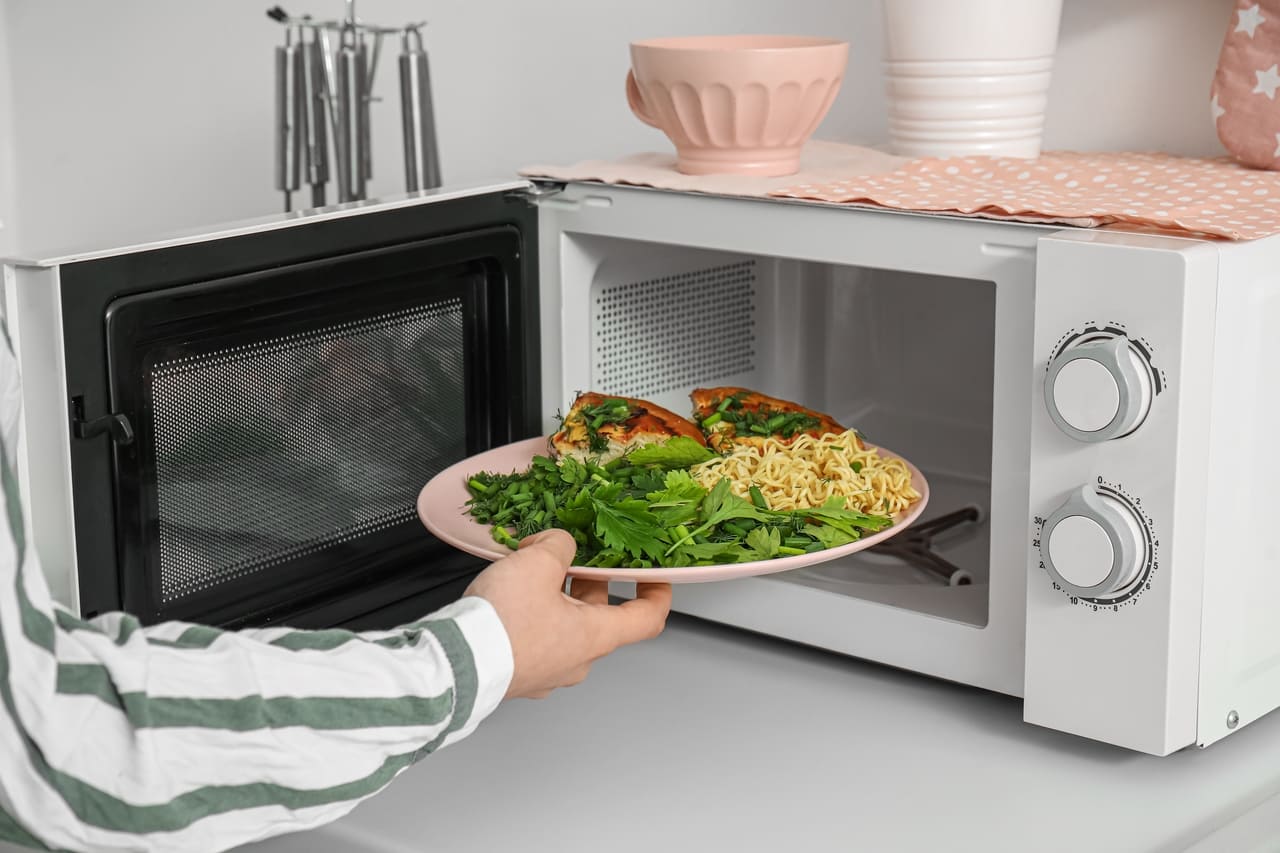How to Tell When Your Butternut Squash Has Gone Bad
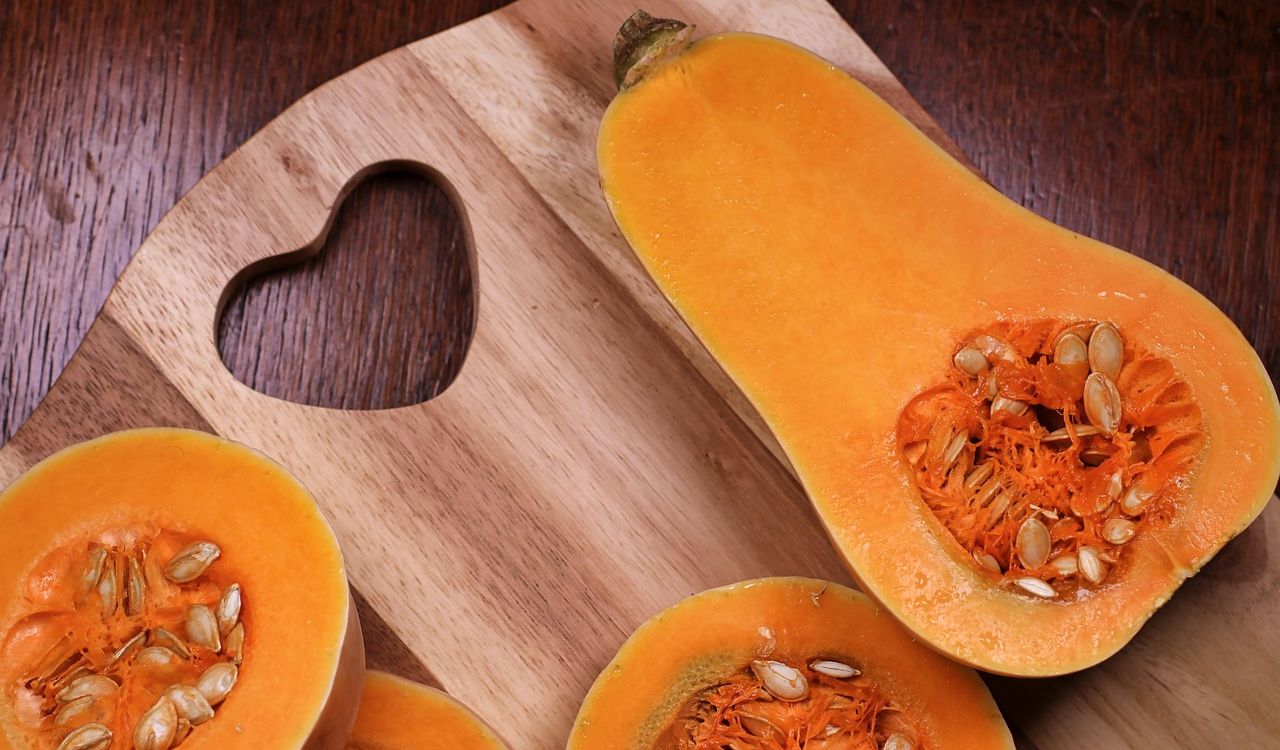
When you spot a butternut squash on the shelf, you imagine roasting cubes, making soup, or even baking bread with its sweet flesh. Yet despite its hardy appearance, this versatile squash can spoil just like any produce.
Knowing how to recognise when it has passed its prime helps you avoid waste and ensures your meals stay fresh and flavourful. Let’s explore the key indicators of spoilage and how to keep your squash at peak quality.
Spotting the Early Warning Signs
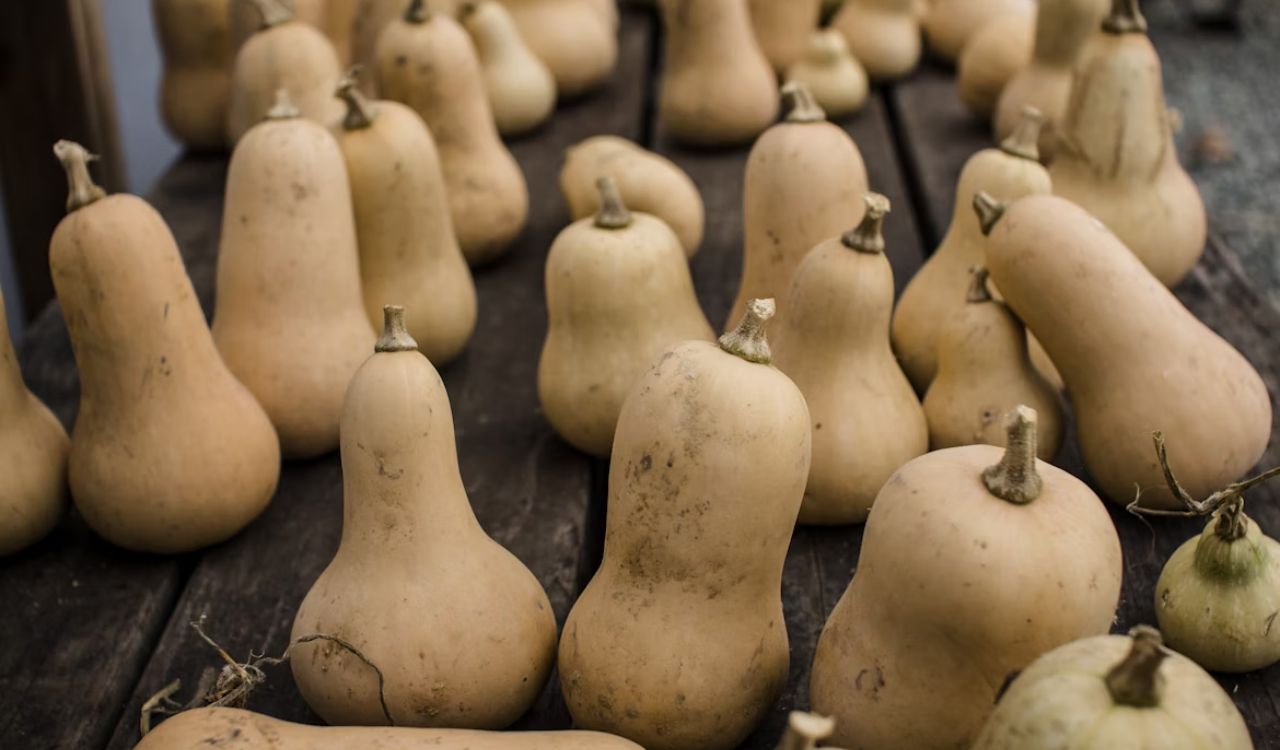
A fresh butternut squash should feel heavy, have firm skin, and show a smooth tan color. Over time, you might notice changes in how it looks, feels, or smells. Those small shifts reveal a lot about its condition.
Changes in the Skin
The skin acts as the squash’s first line of defense. When it starts showing dark patches, wrinkles, or soft dents, that’s a signal of trouble. Mold growth, particularly near the stem or bottom, is another sign that bacteria have begun breaking down the flesh. The longer you keep it after seeing these spots, the more likely it will develop a foul odor or soften throughout.
Texture and Weight
A good butternut squash feels firm and dense when you pick it up. If it seems unusually light for its size or feels spongy when pressed, that means moisture loss or internal decay has started. Hollow sounds when tapped are another sign that the inside has dried out or started decomposing. Once the texture shifts from solid to squishy, it’s best not to use it.
Odor and Interior Changes
A spoiled squash often smells sour, musty, or rotten. When you cut one open, the inside should be bright orange and dry to the touch. If the flesh is slimy, grayish, or stringy, or if the seeds look dark and mushy, it’s unsafe to eat. Liquid seeping from the interior is also a clear indication that bacteria are active and the squash has spoiled.
If you notice multiple signs, such as discoloration, softness, or an off smell, it’s safest to discard the squash instead of trying to salvage it.
Storage Tips That Extend Freshness

Even though butternut squash keeps longer than many vegetables, it needs the right storage conditions to stay fresh for months.
Whole Squash
Whole, uncut squash should be kept in a cool, dark, and dry place with good air circulation. The ideal temperature range is about 50°F to 55°F. Pantries, basements, and cool cupboards work better than the refrigerator because cold air can alter the texture and turn the flesh watery. Under these conditions, a whole butternut squash can last up to six months before quality begins to decline.
When storing whole squash:
- Keep it away from direct sunlight and moisture.
- Avoid placing it near fruits such as apples and bananas that release ethylene gas and accelerate ripening.
- Do not wash the skin until you’re ready to use it, as trapped moisture encourages rot.
Cut or Cooked Squash
Once peeled or sliced, butternut squash has a much shorter shelf life. Store pieces in an airtight container in the refrigerator and use them within four to seven days. If you want to keep them longer, freezing is a practical option. Place raw or cooked cubes in freezer-safe bags, remove as much air as possible, and label them with the date. Frozen squash keeps its best quality for up to three months.
General Care Tips
Handle squash gently to prevent small cracks that can lead to rot. Always check stored squash every week for soft spots or changes in color. Rot can spread quickly if one starts to spoil.
When to Throw It Out

Even with proper storage, butternut squash eventually goes bad. Understanding when to toss it can save you from unpleasant surprises at dinner.
Whole Squash
If the skin has large areas of mold, feels sticky or damp, or has liquid seeping from the surface, it’s beyond saving. Large, soft, or sunken areas also mean the flesh underneath has started rotting. Squash that has lost its natural weight or feels hollow inside should be discarded.
Cut or Cooked Squash
Once the squash is cut, deterioration happens quickly. If refrigerated cubes develop a sour smell, watery texture, or visible mold, they should be thrown away. Cooked squash that has been refrigerated for more than four days or frozen for over three months may no longer have good taste or texture and should not be eaten.
Why It Matters
Spoiled squash may not always cause illness, but it loses flavor, nutrients, and appealing texture. Eating spoiled vegetables can cause stomach discomfort or food poisoning. If the squash looks or smells questionable, it’s safest to err on the side of caution and discard it.
Simple Routine to Keep Squash Fresh
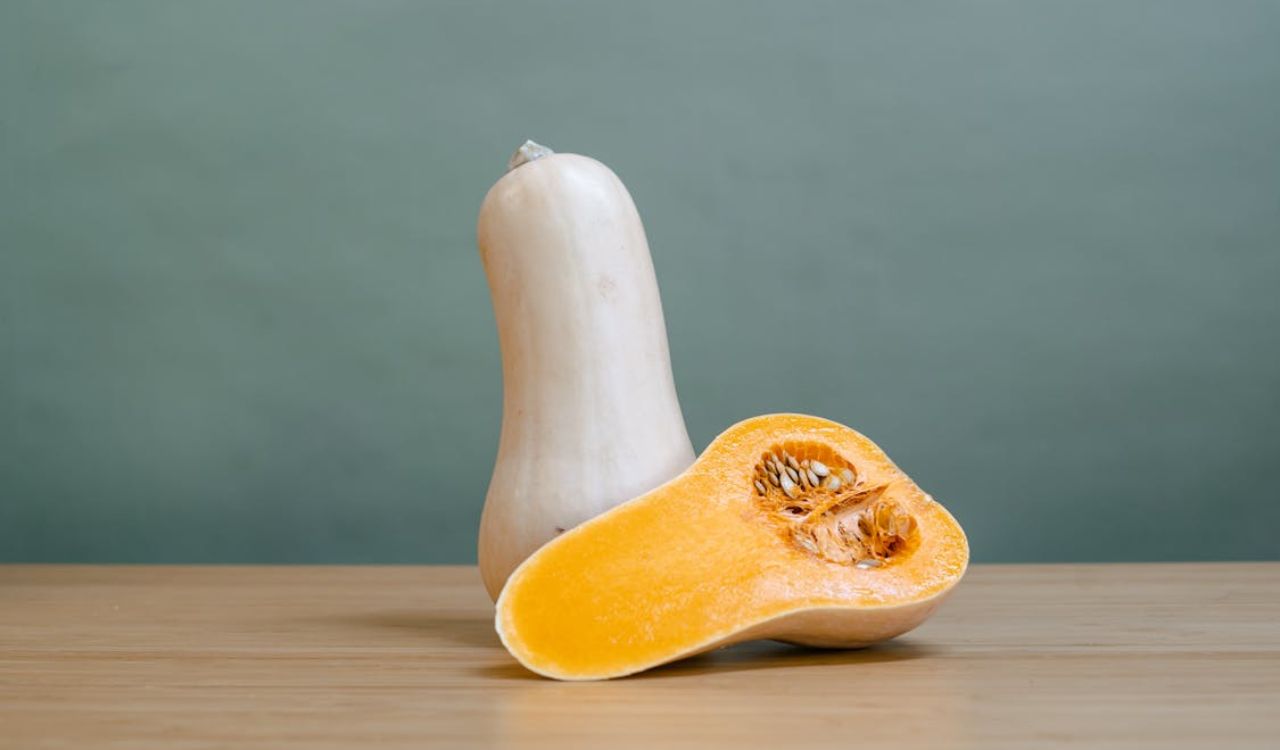
A little attention goes a long way toward extending the life of your squash and keeping meals safe.
- Check it regularly. Inspect stored squash every week for soft spots, cracks, or mold.
- Choose well at the store. Pick squash that feels heavy, has a matte tan skin, and no bruises or cuts.
- Use proper airflow. Keep whole squash on a shelf or in a basket where air can circulate freely.
- Use quickly after cutting. Once sliced, refrigerate and cook within a few days.
- Label your freezer bags. Track how long frozen squash has been stored to maintain freshness.
- When unsure, toss it. A questionable squash can ruin a meal faster than it can save a dollar.
By following these habits, you’ll waste less food and always have fresh, flavorful squash on hand for your recipes.
The Takeaway
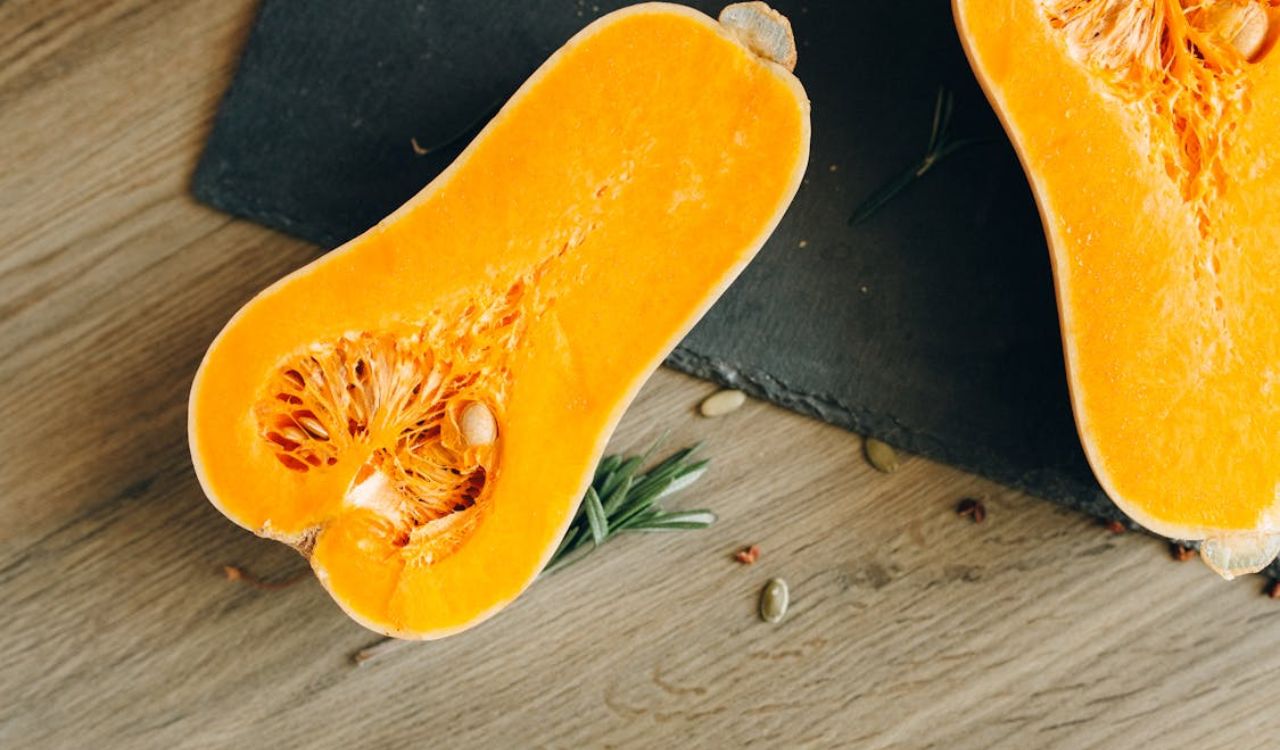
Butternut squash is known for its long shelf life, but it still has limits. The best way to ensure quality is to pay attention to how it looks, feels, and smells. A firm, heavy squash with unblemished skin and a subtle earthy scent is perfect for cooking. Once you see soft patches, discoloration, or detect a sour odor, it’s time to let it go.
Proper storage extends its life dramatically, especially when kept in a cool, dry space. By recognizing the early signs of spoilage and using smart storage practices, you’ll enjoy this hearty vegetable at its best throughout the season.
References
- How to Tell If Squash is Bad: A Simple Guide- StudioDelicious.com
- How To Tell If A Squash Is Bad – A Simple Guide- JozMahal.com
- How Long Does Butternut Squash Last and When to Toss It?- DoesItGoBad.com
- The Foolproof Way to Store Butternut Squash- AllRecipes.com
- The Only Way To Store Butternut Squash, According to a Food Expert- SimplyRecipes.com
- Butternut Squash Cubes- Cooklist.com







